Growing your own food is a great way to ensure that you always have fresh and healthy produce on hand. However, not everyone has access to outdoor space or the right climate to grow a garden year-round. The good news is that it’s possible to grow your own food indoors, no matter where you live or what time of year it is.
Disclaimer: Perky Dove Coffee is a participant in the Amazon Services LLC Associates Program, an affiliate advertising program designed to provide a means for sites to earn advertising fees by advertising and linking to Amazon.com. Some of the coffee brands mentioned in our blogs may contain affiliate links, which means that if you click on one of the product links, we may receive a small commission. This helps support us and allows us to continue to find great deals for our online customers. We only recommend products that we genuinely believe in and have personally tried. Thank you for your support!

Indoor
Benefits of Indoor Gardening

As someone who has been growing my own food indoors for several years, I can attest to the numerous benefits that come with indoor gardening. Here are a few reasons why you should consider starting your own indoor garden:
1. Fresh, Organic Produce All Year Round
One of the biggest benefits of
2. Saves Money and Reduces Waste
Growing your own food indoors can also save you money in the long run. By growing your own produce, you can eliminate the need to buy expensive organic produce from the grocery store. You also reduce waste by only harvesting what you need, which means you won’t have to throw away spoiled or unused produce.
3. Improves Air Quality and Reduces Stress
Indoor
Overall,
Essential Equipment for Indoor Gardening

Indoor
Grow Lights

One of the most important pieces of equipment for
Hydroponic Systems
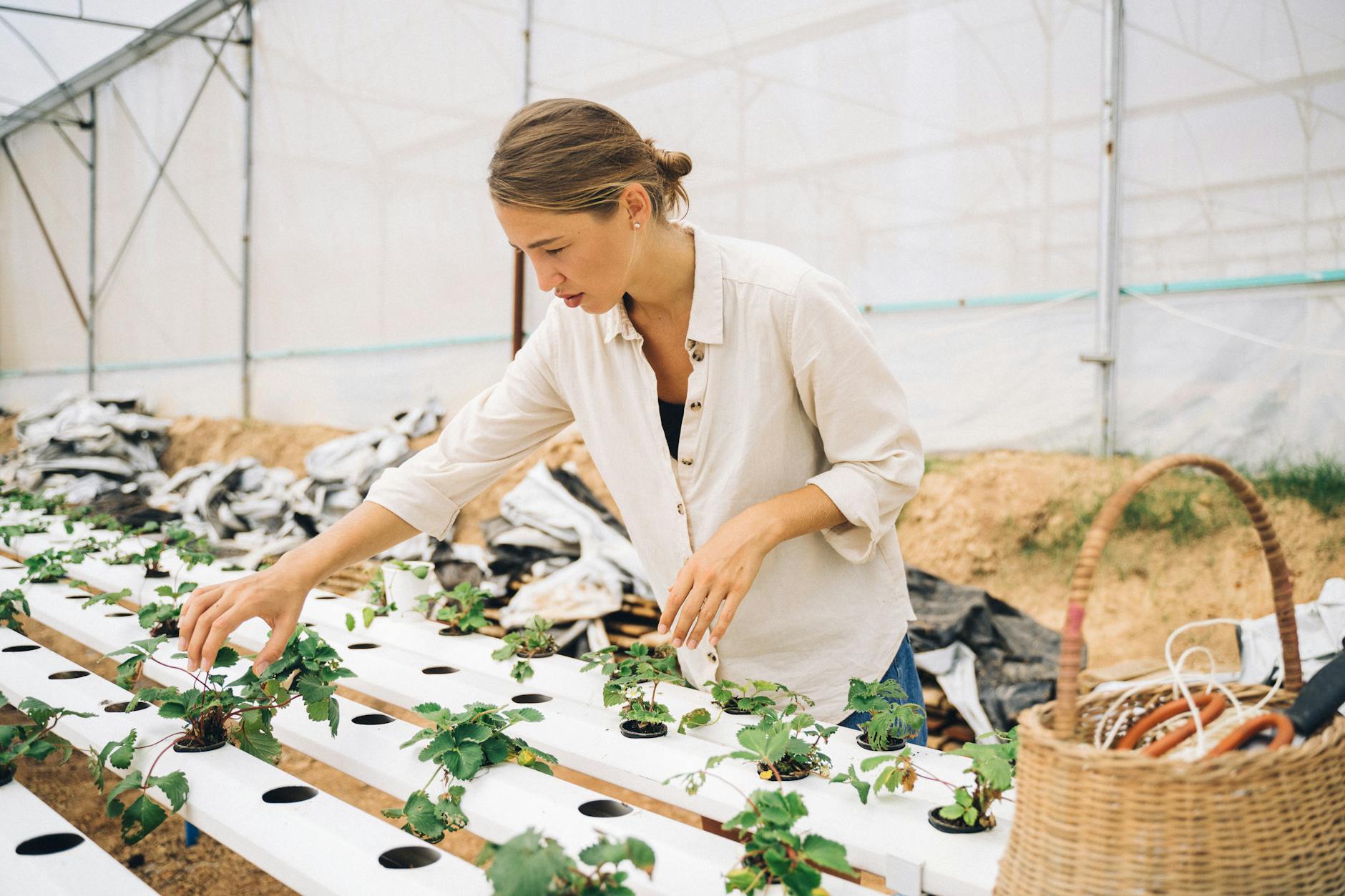
Hydroponic systems are another essential piece of equipment for

Containers and Pots
When it comes to
Soil and Growing Mediums
While hydroponic systems don’t require soil, traditional
Climate Control Devices
Finally, climate control devices are essential for
In summary,
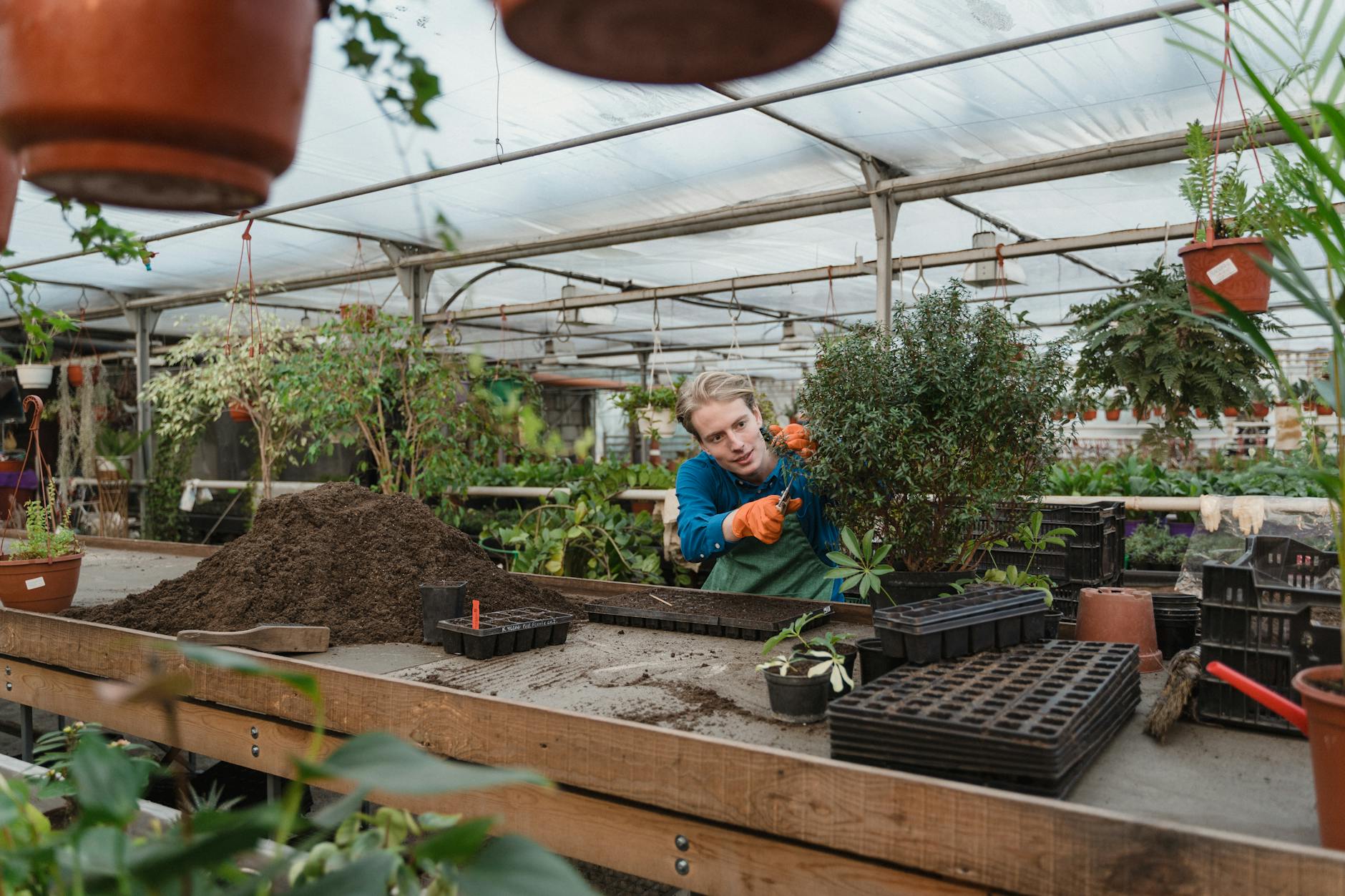
Choosing the Right Plants
When it comes to
Herbs
Herbs are a great option for
Vegetables
Vegetables can also be grown indoors, but they require more space and attention than herbs. Some vegetables that do well indoors include cherry tomatoes, lettuce, and peppers. It’s important to choose varieties that are suited for
Fruits
While it may be challenging to grow fruit indoors, it is possible with the right conditions. Citrus trees, such as lemons and limes, can be grown in large containers and require plenty of light and warmth. Strawberries and blueberries are also good options for
Edible Flowers
Edible flowers can add color and flavor to your
Remember to choose plants that are suited for your
Setting Up Your Indoor Garden
Space Considerations
When setting up your
It’s also important to think about the location of your
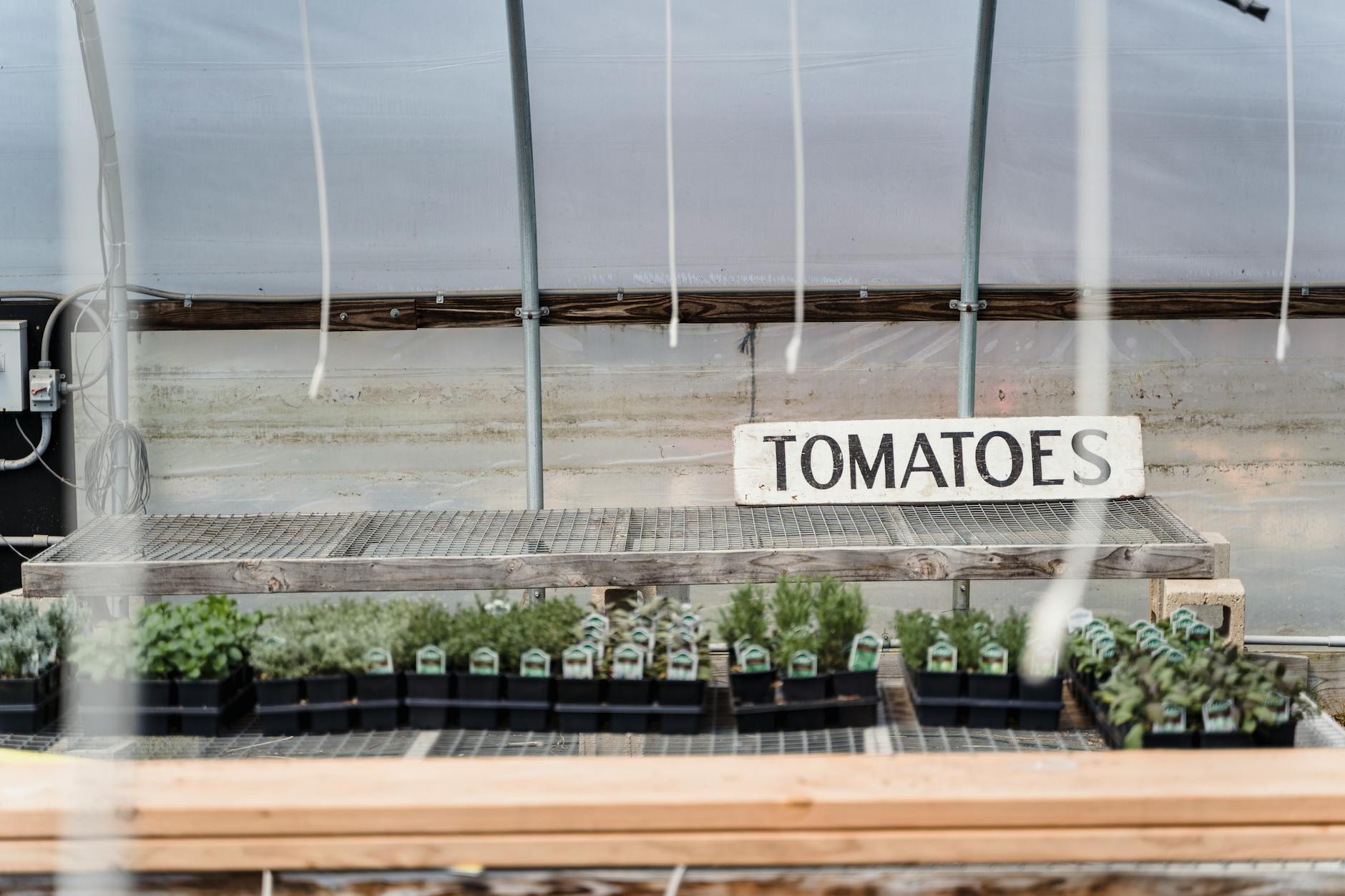
Lighting Setup
One of the most important aspects of
When setting up your lighting, make sure to position your grow lights at the correct distance from your plants. This will help to prevent burning and ensure your plants receive the right amount of light. You may also want to consider using timers to regulate the amount of light your plants receive each day.
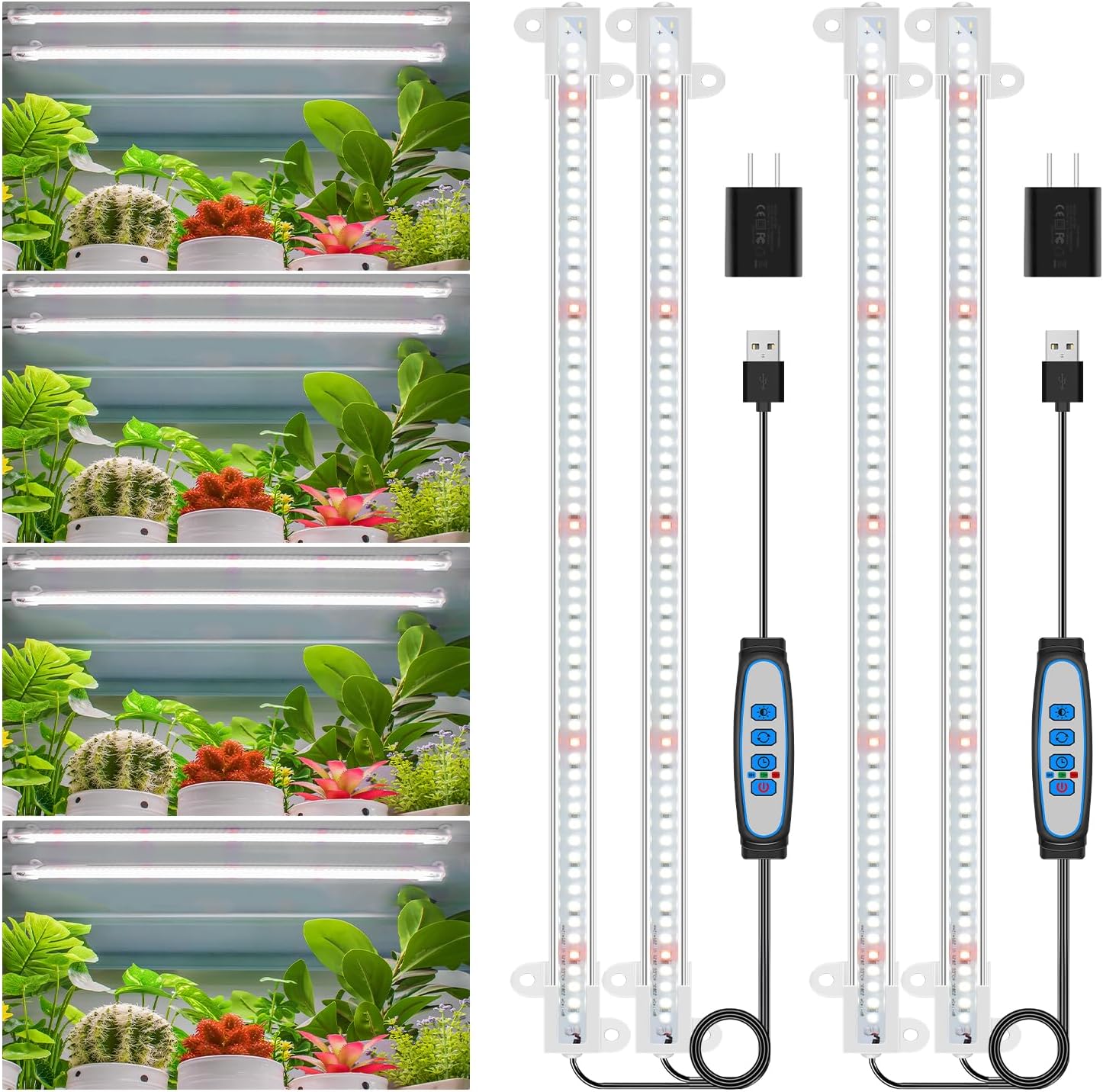
Plant Arrangement
When arranging your plants, it’s important to consider their individual needs. Make sure to group plants with similar light and water requirements together. This will help to ensure that each plant receives the right amount of light and water.
You may also want to consider using a plant stand or shelving unit to maximize your space. This will allow you to grow more plants in a smaller area. When arranging your plants, make sure to leave enough space between each one to allow for proper air circulation.
By taking the time to properly set up your
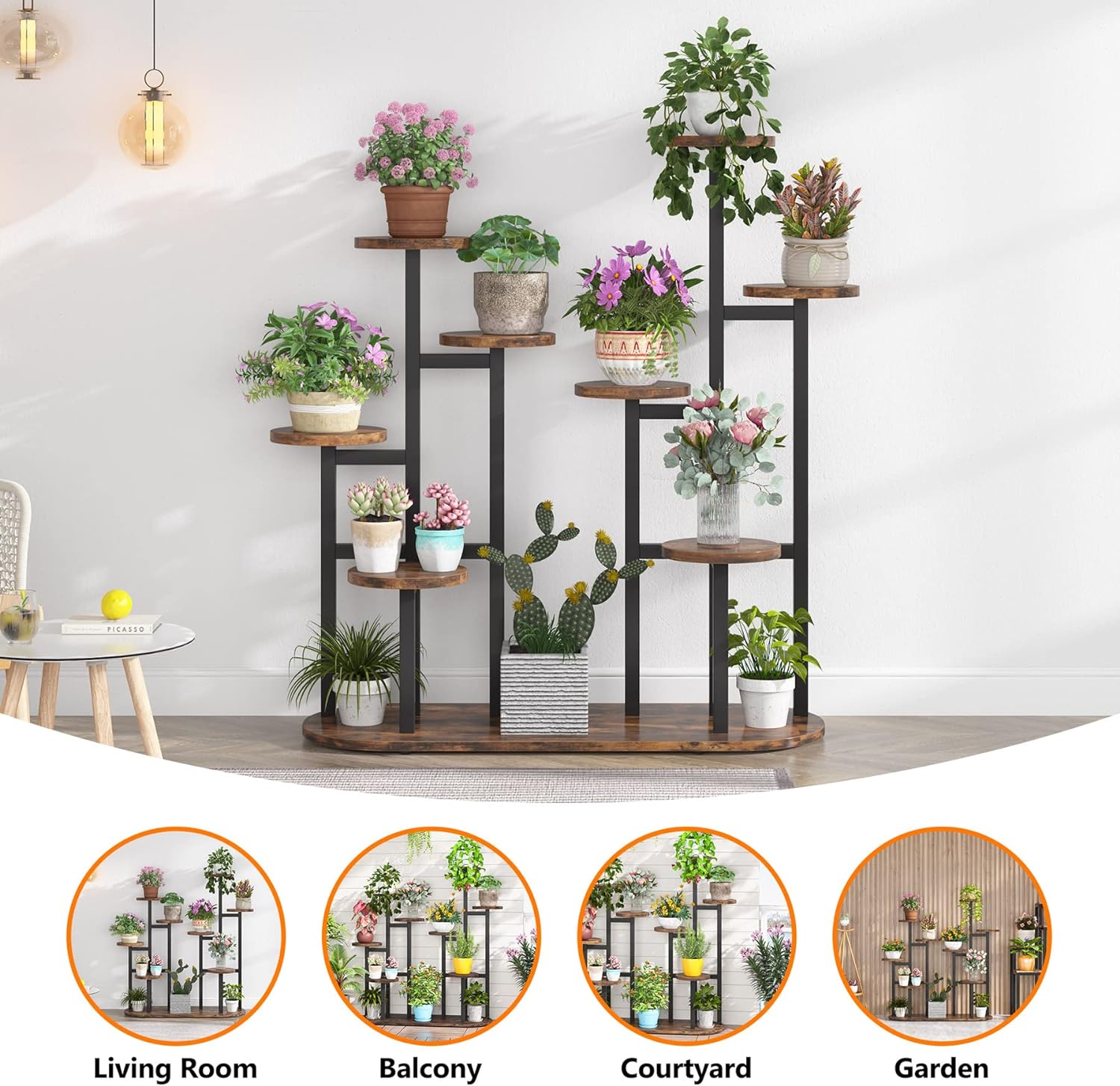
Maintaining Your Indoor Garden
Watering Techniques
Watering is an essential part of maintaining an
I use a watering can with a narrow spout to avoid splashing water all over the leaves. It’s also important to water the soil directly instead of the leaves to prevent fungal diseases. I make sure to use room temperature water as cold water can shock the roots and hot water can damage the plants.
Pruning and Harvesting
Pruning helps to keep the plants healthy and encourages new growth. I use sharp, clean scissors to remove any dead or yellowing leaves and to trim back any overgrown branches.
Harvesting is also an important part of maintaining an
Pest and Disease Management
Pests and diseases can quickly spread in an
To manage pests, I use natural remedies such as neem oil or insecticidal soap. For diseases, I remove any infected plants and make sure to sanitize my tools before using them on other plants.
Nutrient Management
Indoor plants require nutrients to grow, so it’s important to provide them with the right nutrients. I use a balanced fertilizer with equal amounts of nitrogen, phosphorus, and potassium.
I make sure to follow the instructions on the fertilizer package and avoid over-fertilizing as it can lead to nutrient burn. I also supplement my plants with organic matter such as compost or worm castings to improve soil health.
Advanced Techniques
Vertical Farming
Vertical farming is a technique that involves growing plants in vertically stacked layers, using artificial lighting and controlled environment agriculture. This technique allows for maximum use of space and can increase crop yields significantly. Vertical farming can be done using hydroponic or aeroponic systems, which involve growing plants in nutrient-rich water or mist.
One advantage of vertical farming is that it allows for year-round growing, regardless of weather conditions. It also uses less water than traditional farming methods and can reduce the need for pesticides and herbicides.
Aquaponics
Aquaponics is a system that combines aquaculture (raising aquatic animals) with hydroponics (growing plants in water). In this system, fish waste provides nutrients for the plants, and the plants help to filter the water for the fish. This creates a symbiotic relationship that can result in high crop yields and healthy fish.
Aquaponics can be done indoors using artificial lighting and can be a sustainable way to grow food. It can also be used to grow a variety of plants, including herbs, vegetables, and fruits.
Automation in Indoor Gardening
Automation in
Automated systems can also help to reduce the risk of plant disease and pests by providing optimal growing conditions. They can also be programmed to adjust to changes in environmental conditions, ensuring that plants are always growing in the best possible conditions.
Overall, advanced techniques such as vertical farming, aquaponics, and automation in
Troubleshooting Common Problems
When growing food indoors, there are some common problems that can arise. Here are some troubleshooting tips to help you address these issues:
1. Poor Growth or No Growth
If your plants are not growing or are growing poorly, there could be several reasons. First, make sure your plants are getting enough light. If they are not getting enough light, consider adding more grow lights or moving them to a sunnier location.
Second, check the temperature and humidity levels in your growing area. Plants need a specific temperature range to grow properly, and if the humidity is too low, they may not be able to absorb water properly.
Finally, check the soil moisture level. If the soil is too dry or too wet, it can stunt plant growth. Make sure you are watering your plants correctly and that the soil is draining properly.
2. Pests and Diseases
Indoor gardens are not immune to pests and diseases. If you notice pests or signs of disease on your plants, take action immediately. Remove any affected plants or leaves, and treat the remaining plants with an appropriate pesticide or fungicide.
To prevent pests and diseases, keep your growing area clean and free of debris. Avoid overwatering your plants, which can create a breeding ground for pests and fungi.
3. Nutrient Deficiencies
If your plants are showing signs of nutrient deficiencies, such as yellowing leaves or stunted growth, it may be time to fertilize. Make sure you are using a fertilizer that is appropriate for the type of plants you are growing.
Be careful not to over-fertilize, as this can damage your plants. Follow the instructions on the fertilizer package carefully, and consider using a slow-release fertilizer to avoid nutrient burn.
By addressing these common problems, you can ensure your
Harvesting and Using Your Produce
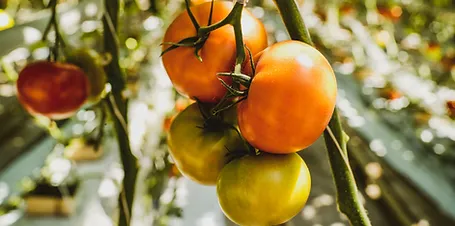
Once your
Timing
Harvest your produce when it’s ripe and ready to eat. Don’t wait too long, or it may become overripe and spoil. For example, tomatoes should be picked when they’re fully red and slightly soft to the touch. Leafy greens, such as lettuce and spinach, can be harvested when they’re young and tender.
Methods
Harvesting methods may vary depending on the type of produce. For example, use scissors or a sharp knife to cut off herbs and leafy greens at the base of the stem. For tomatoes, gently twist and pull the fruit off the vine. Be careful not to damage the plant or other fruits and vegetables in the process.
Storage
Store your harvested produce properly to ensure it stays fresh and flavorful. Some produce, such as tomatoes and peppers, can be stored at room temperature for a few days. Others, such as leafy greens, should be stored in the refrigerator to keep them crisp. Use airtight containers or bags to help preserve freshness.
Recipes
Get creative with your
By following these tips, you can enjoy your
Expanding Your Indoor Garden
As I mentioned earlier, starting an
One way to expand your
Another way to expand your
I remember when I first started
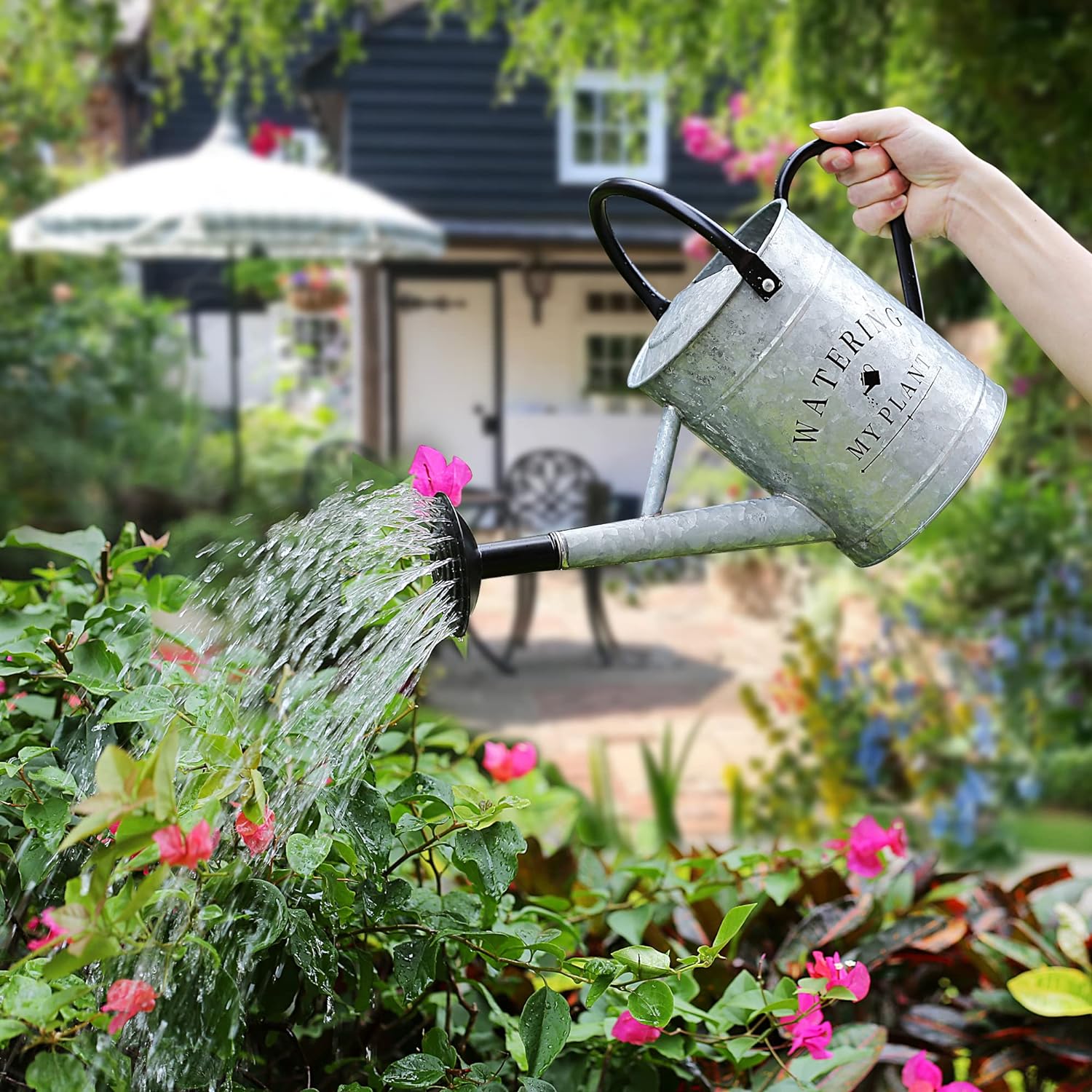
When it comes to essential
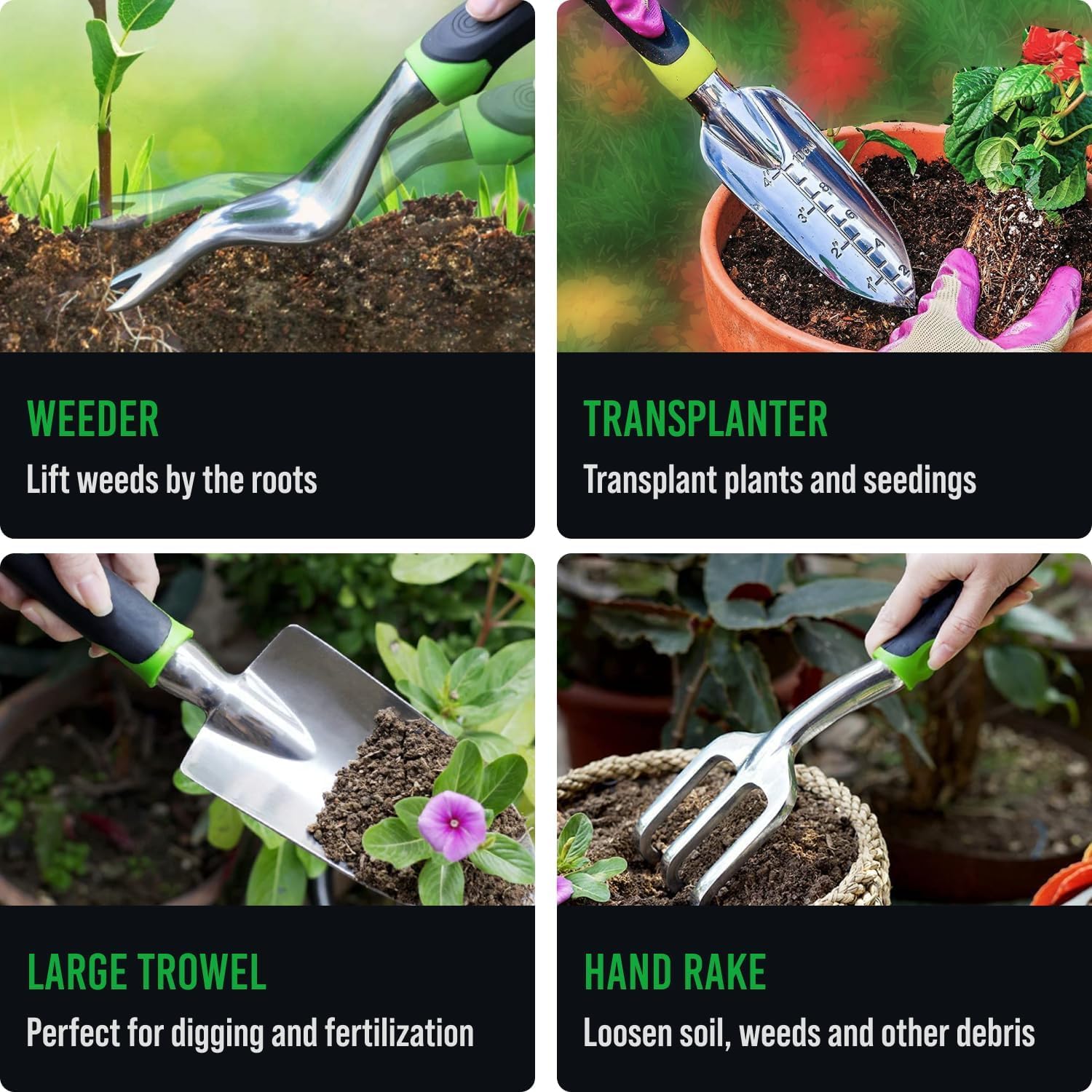
It’s important to remember that expanding your
In Conclusion:
As you embark on your
Ready to embark on your
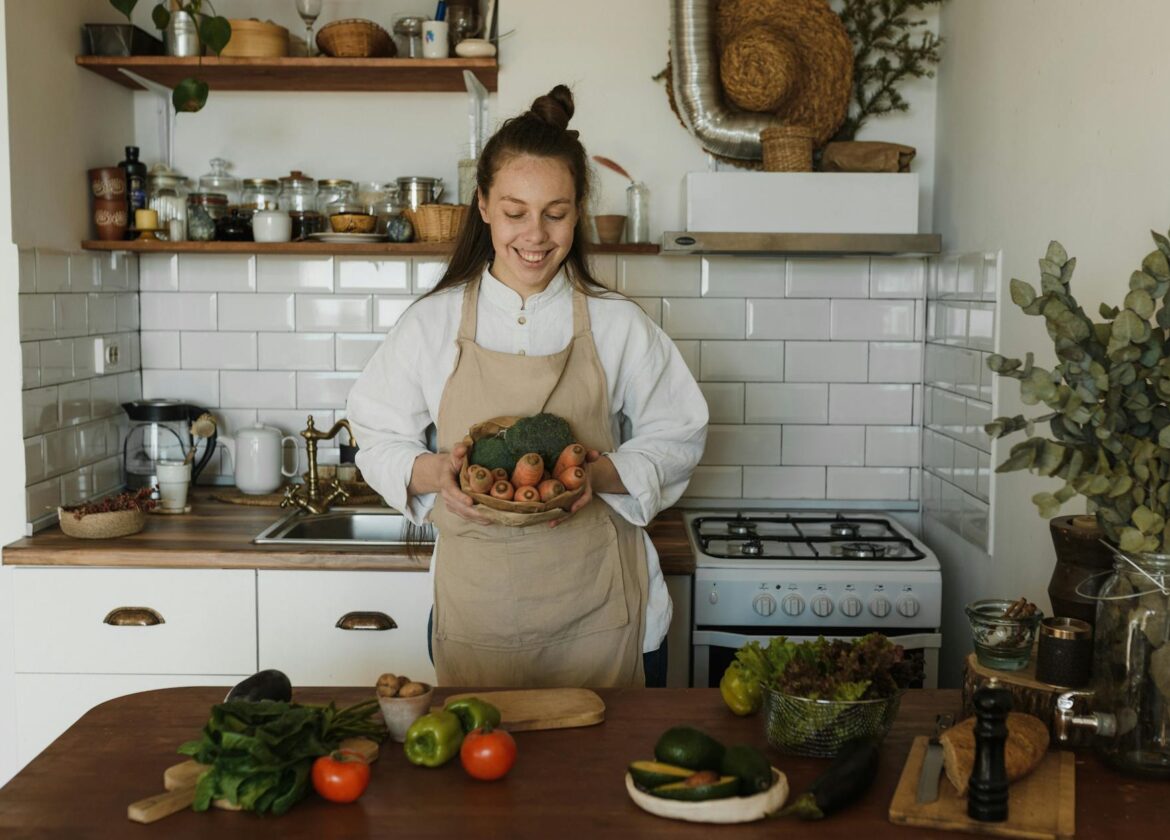
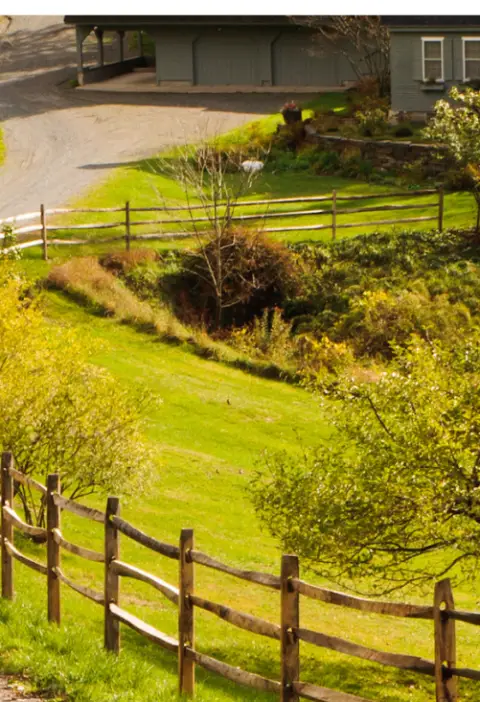


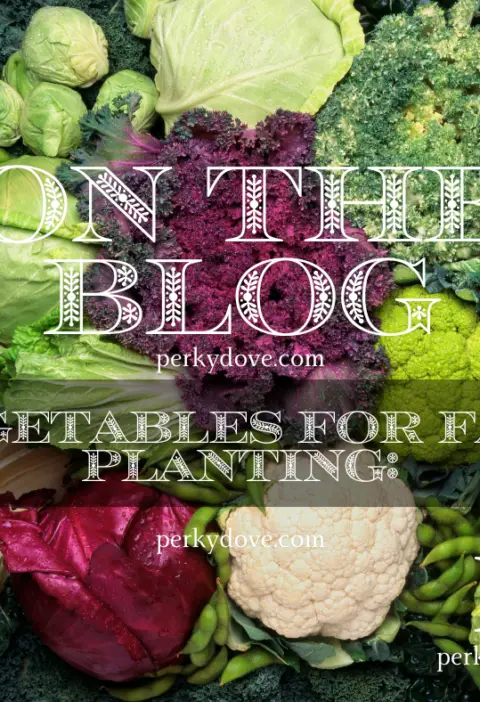
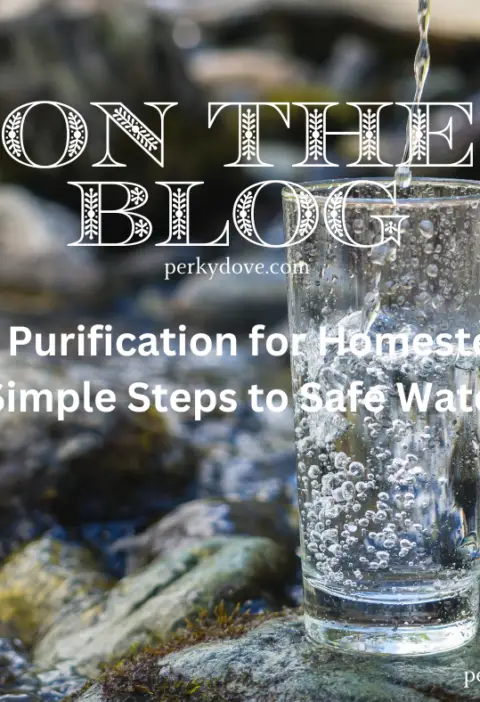

[…] you prefer to start your vegetables indoors, you can transplant the seedlings into your one square-foot garden once they have a few sets of […]
[…] do they add depth and complexity to your dishes, but they also offer a range of health benefits. Growing herbs in your kitchen is an easy and convenient way to ensure you always have access to fresh, flavorful […]